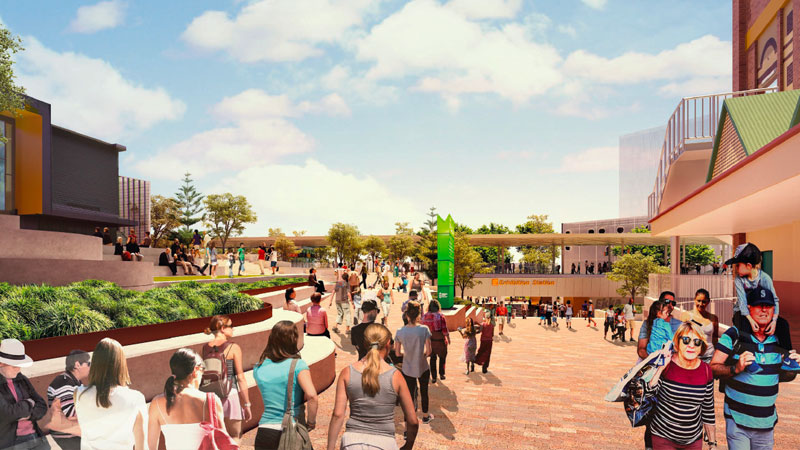Cross River Rail: Everything You Need to Know
Construction on Queensland's biggest infrastructure project, the $5.4 billion Cross River Rail is quickly taking shape.
When realised, the Queensland government-led project will comprise a 10.2 kilometre rail line which will run from Dutton Park in Brisbane's southern suburbs to Bowen Hills in the city's north, with a 5.9 kilometre-tunnel under the CBD.
The project, overseen by the The Pulse consortium, will deliver four underground stations at Boggo Road, Woolloongabba, Albert Street and Roma Street, as well as eight upgraded stations across Brisbane's fringes and three new Gold Coast stations at Pimpama, Helensvale North and Merrimac.
At peak, the Cross River Rail is expected to create 7,700 construction jobs throughout south-east Queensland.
The new rail line, part of Brisbane’s broad infrastructure pipeline, which includes the $3 billion Queen’s Wharf Project, new Brisbane Airport redevelopment, and Brisbane Quarter, is also playing a large part in the city's improving employment base and push for commercial development.
The projects main aim is to unblock the commuter bottle-neck within a city which is rapidly growing along its famous winding river.
Demand for Brisbane's rail services is forecasted to double by 2026, and triple by 2036 and the project seeks to respond to these pressures.
Stakeholders
In April 2019, the Queensland Government announced the Pulse consortium as the preferred bidder.
The Pulse consortium—a partnership led by Spanish-owned company CIMIC, Pacific Partnerships, CPB Contractors, and UGL with international partners DIF, BAM and Ghella—will deliver the tunnels, stations and above ground development.
The $750 million rail, integration and systems alliance contract was won by the Unity Alliance which brings together CPB Contractors, UGL, AECOM and Jacobs, and partners Hassel, RCS Australia, Acmena, Martinus Rail and Wired Overhead Solutions.
Hitachi Rail will bring a $634 million European Train Control System to the project, which will improve the safety and service frequency in the entire city rail network upon completion.
The project is being led by Cross River Rail chief executive Graeme Newton, the former boss of the $12 billion Queensland Reconstruction Authority.
Funding
Queensland government is "going it alone" to deliver the new rail network with the the federal government committing just $10 million towards the project to date.
Funding of $1.95 billion was announced as part of the 2017-18 Queensland Budget adding to the Government's $800 million in-principle commitment in June 2016.
Soon after, the state government followed up with a $50 million allocation towards scoping work and the establishment of the Cross River Rail Delivery Authority (CRRDA).
The 2018-19 Queensland Budget saw a further $914 million allocated towards the project in the forward estimates for FY2021-22, taking total funding to $3.73 billion.
The budget noted the remaining $1.7 billion will be allocated in future budgets spanning towards FY2023-24.
Approvals
The Queensland Government and the Cross River Rail Delivery Authority held an industry briefing on 30 August 2017, which provided a comprehensive overview of the project as well as timeframes for procurement.
In February 2017, the Queensland Government released a Request for Change of Proposal for public comment, outlining proposed alterations to the alignment and station locations of the project.
The Change of Proposal was approved by the Coordinator-General in June 2017.
Early works commenced in August 2017 after approval from the Board of CRRDA in June.
In September 2019, the Queensland Government confirmed Pimpama as the preferred location for the first of three Gold Coast stations that will be delivered as part of the CRR Project. The Government has identified Helensvale North and Merrimac/Worongary as the other preferred station locations.
Stations
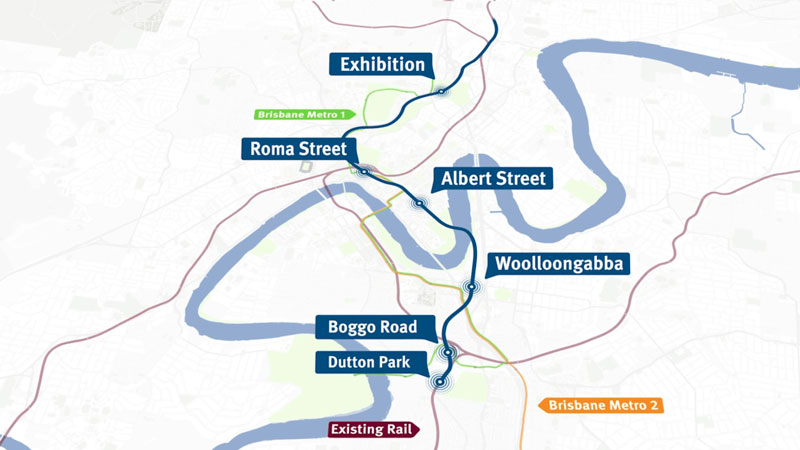
When selecting the stations the state government highlighted that each of the locations would be situated within a key inner-city growth area and will generate unique opportunities for urban renewal and development.
Exhibition Station
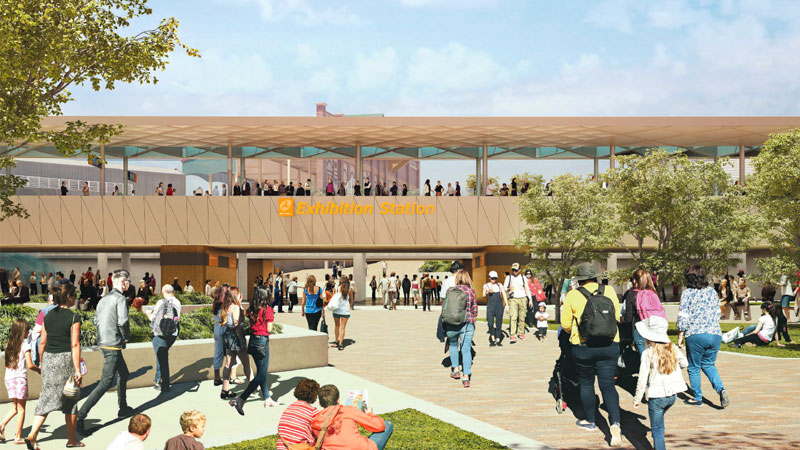
The new station will provide improved transport options for the RNA Showgrounds redevelopment and King Street precinct, as well as staff and visitors to Herston Quarter and the Royal Brisbane and Women’s Hospital.
Key facts:
• The station will feature two platforms for multi-directional travel
• The newly upgraded station will provide pedestrian links between Exhibition station to Bowen Bridge Road and the Royal Brisbane and Women’s Hospital
• The 165m island platform will provide future provision for up to nine-car trains
• Major construction at Exhibition station is scheduled to start in late 2020
Roma Street Station
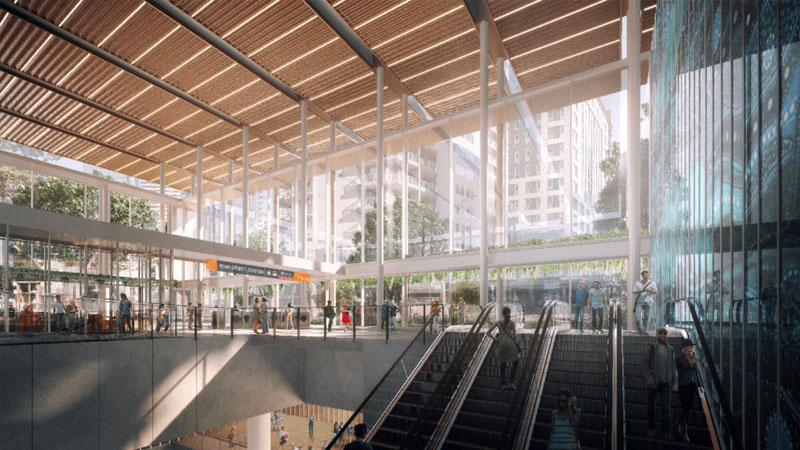
The new station entry will connect passengers with all services travelling through Roma Street—suburban and regional trains, as well as buses and the Brisbane Metro.
The existing Brisbane Transit Centre is currently being demolished to make way for a new station plaza and entry point to all public transport services.
Key facts:
• The project has been unofficially dubbed 'Brisbane’s ‘Grand Central’
• The underground station will sit 27m below the surface level
• The station will feature a 220m long platform for future increases in capacity
Albert Street Station
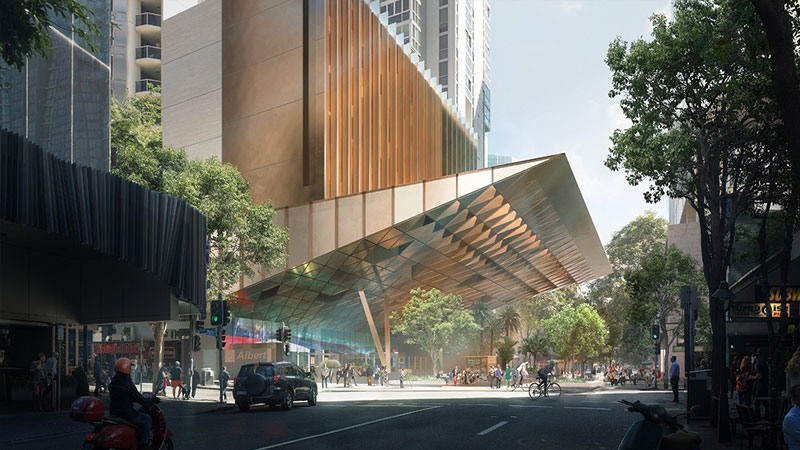
This new underground station at Albert Street will become the main public transport access point for Queen Street Mall, QUT’s Gardens Point campus, the 1 William Street parliamentary precinct, the new Queen’s Wharf casino and resort development, an upgraded Eagle Street business district and the City Botanic Gardens.
Key facts:
• The first CBD train station built in more than 120 years
• Will dramatically improve connectivity to the southern end of the city
• The planned Albert Street station will be on the corner of Mary Street
Woolloongabba Station

The new underground station is centrally located at Woolloongabba’s major intersection, with easy access to the Woolloongabba Busway station.
Key facts:
• The south-side station will be just minutes by train to the new Albert Street Station in the CBD
• The station will also connect to the growing health, science and education precinct at Boggo Road
• The station will feature a 220m long platform for future increases in capacity
Boggo Road Station
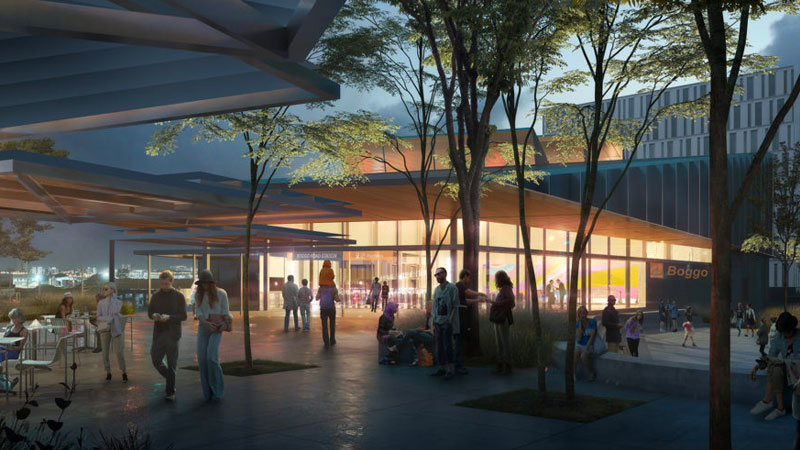
This new underground station will see Boggo Road become south-east Queensland’s second busiest transport interchange, with over 22,000 commuters using the new station each week day, by 2036.
Key facts:
• The new station will link passengers to the South East Busway, Park Road station and Brisbane Metro services
• The station will connect to the new Inner City South State Secondary College which is currently under construction
• The station will also provide improved access to both UQ and the CBD
Dutton Park Station
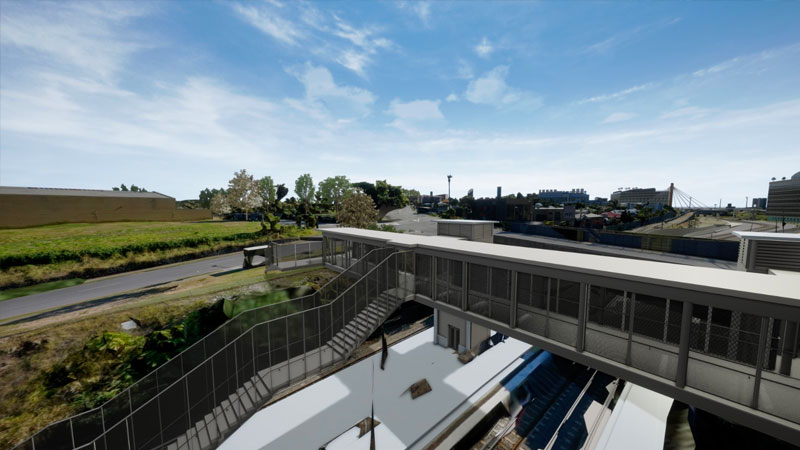
Dutton Park Station will benefit from platform and accessibility upgrades as well as a new pedestrian connection to Annerley Road.
Key facts:
• The station fill feature a new, independently accessible, covered pedestrian bridge
• The station will act as the southern entrance into the Cross River Rail tunnel
Fairfield to Salisbury alignment
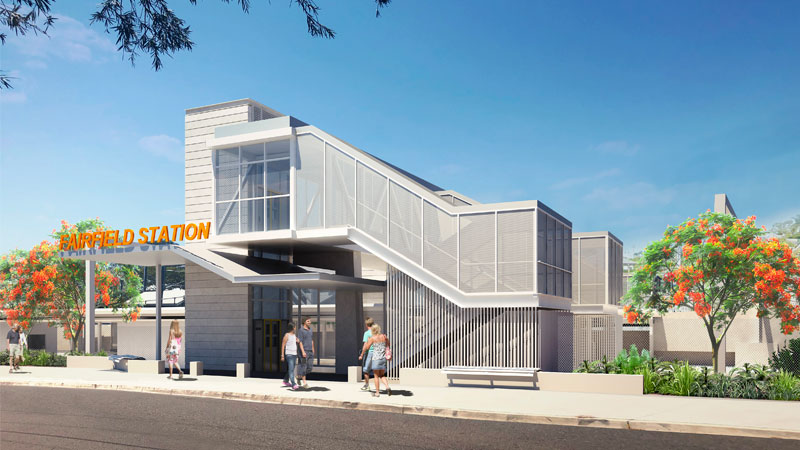
Upgrade work was also set to begin at six stations from Salisbury to Fairfield in Brisbane's inner south, as well as construction on three new Gold Coast stations at Pimpama, Helensvale North and Merrimac.
Station upgrades will include new overpasses and passenger lifts, accessible parking bays, new “kiss’n’ride” spaces, platform improvements and bike enclosures.
Key facts:
• Stations include: Salisbury, Rocklea, Moorooka, Yeerongpilly, Yeronga, and Fairfield
• A third platform will be added to each station and heights of existing platforms raised
Construction
Early works for the project began in August 2017, which included borehole drilling, subsurface public utility investigations, baseline monitoring, demolition works, and the construction of the temporary Coach Terminal at Roma Street.
Major contractors commenced construction works for the project in late 2019.
The Rail Integration and Systems (RIS) Alliance is the first two major packages.
The Alliance involves the design, supply and installation management of key work disciplines across the entire project and integration of the CRR into the Queensland Rail (QR) network comprising:
Rail civil and electrical works
Brownfield rail surface works primarily to the north of the tunnel, including the upgrade of Exhibition
Station and a major augmentation of Mayne Yard
Rail operational systems works
Rail signalling works and communication
Integration and commission activities
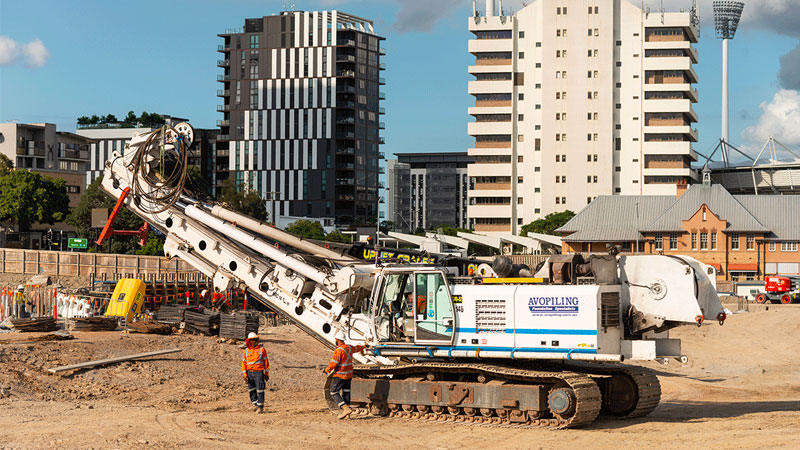
The Tunnel, Stations and Development (TSD) Public Private Partnership (PPP)—the second and larger of two major works packages—comprises underground works and brownfield rail surface works, including:
The 5.9 kilometre tunnel from Dutton Park to Bowen Hills
Four new underground stations at Woolloongabba, Albert Street, Roma Street; and Boggo Road, including in-station retail, station access and associated systems
A section of rail surface works to enable the southern portal construction
A third platform at Dutton Park Station
Asset maintenance and facilities management of the tunnel and four underground stations
A worksite has now been established at Boggo Road, the existing site at Woolloongabba is already a hive of activity, demolition at Albert Street in the heart of the CBD is well advanced and work at Roma Street is well and truly under way.
There are also rail works under way in the project’s northern and southern rail corridor.
At the Roma Street site, works are progressing, with removal of the pedestrian bridge over Roma Street, the installation of a large acoustic shed and continued demolition of the old Hotel Jen building.
Demolition works of two inner-city corner blocks are now also complete at Albert Street, with piling works for the station box underway and construction of an acoustic shed well under way.
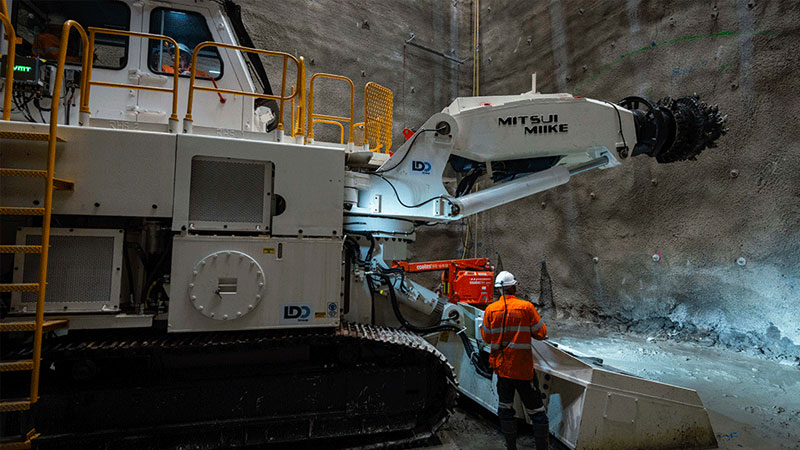
At the Woolloongabba site, piling works are now complete with more than 300 piles having been driven into the earth to support a brand new underground station.
They will provide support for the excavation of the launch area where tunnel boring machines will commence digging the projects’s twin tunnels in early 2021.
Work is set to start shortly at the Exhibition station, at stations from Salisbury through to Fairfield, on the Gold Coast where new stations are being created at Pimpama, Helensvale North and Merrimac and at the project’s Southern tunnel portal, south of Boggo Road.
Cross River Rail worksites running in 2020
• Upgrades at Fairfield, Yeronga, Yeerongpilly, Moorooka, Rocklea, and Salisbury stations (starting in June)
• Exhibition Station, which currently only opens during the Ekka (starting in April)
• Three new Gold Coast stations - Pimpama, Helensvale North and Merrimac (starting in September)
• Work on the southern portal - from Woolloongabba to Boggo Road (starting in April)
• Boggo Road
• Woolloongabba
• Albert Street
• Roma Street
• Northern Portal (including rail corridor works)
• Shorncliffe
• Mayne Yard
Complications and controversies
Late last year, hundreds of construction workers also marched to Parliament House over the government's handing of the rail project, particularly how contracts for the project have been awarded.
Earlier this year, CIMIC's construction subsidiary CPB Contractors was forced by Queensland regulators to prove it had enough cash on hand to continue with its pipeline of projects, including the Cross River Rail.
The Queensland Building and Construction Commission (QBCC) pointed at CIMIC's financials which reported a $1 billion net annual loss in February.
The move by the QBCC to reveal the company's financial viability follows its recent campaign to monitor the building industry more closely following a spate of collapses that left subcontractors heavily out of cash.
Deputy premier Jackie Trad had responsibility for the project taken off her last year after she failed to declare the purchase of a Woolloongabba house by her family's trust.
The home was purchased along the route of Cross River Rail, a project for which she had ministerial responsibility.
The Queensland government also dismissed the 10-member independent board, headed by former Labor deputy premier Paul Lucas, overseeing the project as it moved into the construction phase.
Tourism minister Kate Jones who was put in charge of the Cross River Rail and decided to sack the 10-member board overseeing the project due to its inability to manage industrial relations disputes.
Moving forward
Despite the Covid-19 crisis, construction has continued under stringent social distancing restrictions and hygiene protocols, enabling a workforce of almost 1,800 workers mobilised across eight different worksites to move ahead.
The project remains on schedule with the first trains are expected to be running in 2024.
